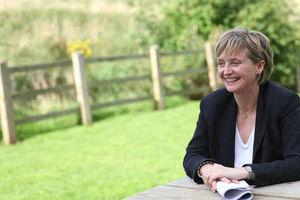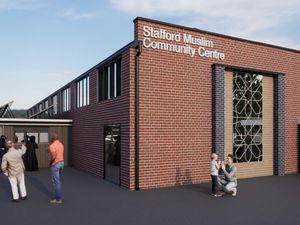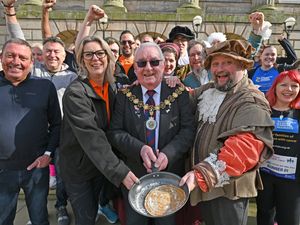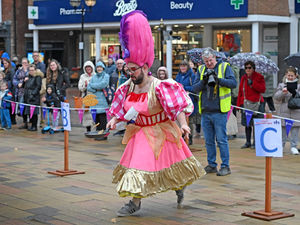Making homes in the countryside affordable
Building on Britain's green belt has long been the topic of great controversy, as many fear the valuable rural environment is at risk from the encroaching concrete jungle.

Building on Britain's green belt has long been the topic of great controversy, as many fear the valuable rural environment is at risk from the encroaching concrete jungle.
However, with a considerate and mindful approach, one rural housing association in South Staffordshire is proving that small towns and villages can benefit from developments of tasteful, yet affordable homes on this protected land.
Ursula Bennion, director of business development at South Staffordshire Housing Association (SSHA), part of the leading West Midlands housing organisation, Housing Plus, explains how to overcome red tape on the green belt.
She says: "Green belt land was first introduced in the UK in 1935 to protect the countryside outside the fast growing city of London.
"The idea behind this circle of land surrounding the conurbation was that by preventing building upon it, local councils could keep neighbouring towns separate and protect the natural environment within the area.
"Since its introduction, 14 green belt areas have been established within the UK and, for many years, they worked successfully.
"In recent years however, the green belt has proven as much of a hindrance to rural life as a protector of it. Due to the restrictions surrounding developing on green belts, there has been a marked shortage in available land to build on in rural areas.
"This, in turn, has driven up property values in rural towns, pricing many local home buyers out of the market. To add to this, land prices have risen due to a lack of supply and housing associations have struggled to find the funds to purchase these expensive plots.
"At SSHA we therefore made the difficult decision to apply for planning permission to construct much needed affordable homes on green belt land.
"Without this vision of developing small bespoke schemes we recognised the dire consequences for many local people living in rural locations.
"This decision has, however, not been taken lightly. In the South Staffordshire area 90 per cent of our land is rural and 80 per cent of that is green belt.
"Our roots are therefore firmly established in rural schemes, so we understood how a careful and understanding approach would be needed to make our housing developments be seen as a positive addition to the village.
"The most important obstacle to overcome, we found, was the perceived threat by local residents. Many locals think that if anyone builds in their town or village, it will simply be the start of things to come and more development will soon follow.
"The fear of the community being threatened by growth can understandably result in opposition.
Sympathetically
"To overcome this, Registered Social Landlords (RSLs) need to work with the local community, particularly parish councils, to ensure that any additional housing in the area is both sympathetically designed and practical.
"At SSHA, we fund housing needs surveys within specific parish councils to identify the type of housing that will most benefit residents.
"A project we have recently completed using this model is in Swindon village, just outside Dudley.
"Thanks to our structured approach using rural exception planning laws, a range of affordable housing has been granted planning permission on green belt land and development commences this month.
"To kick-start development in a rural areas we commission a rural housing enabler, who, upon identifying a need for affordable housing, will contact the housing association."
The need for rural affordable homes has become increasingly high profile in the last few months following the launch of the National Housing Federation's Save our Village campaign.




